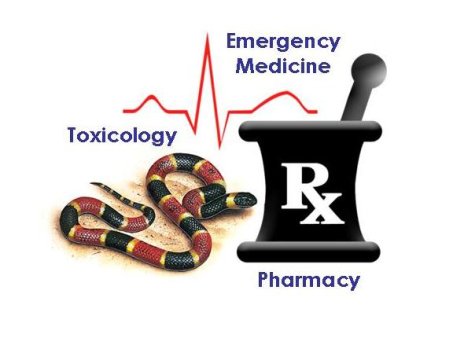Ketamine is steadily gaining traction as a treatment option for excited delirium and/or severe agitation in both the prehospital and ED settings. We published a summary of the available data back in 2015 on Academic Life in EM. Last year in 2016, two prospective studies added important information to our understanding of the role of ketamine; one in the prehospital setting by Dr. Jon Cole’s group out of Minnesota and one in the ED from Dr. Geoffrey Isbister’s group in Australia. I was invited to write a commentary along with the Cole study, also published in 2016.
Hot off the press in 2017 is another prospective study, this time from Dr. Jeff Riddell’s group in California (@Jeff__Riddell).
What They Did
- Single-center, prospective, observational, convenience sample study examining agitation levels in acutely agitated adult ED patients after sedation with various parenteral medications (ketamine, midazolam, lorazepam, haloperidol, or a combination of lorazepam plus haloperidol)
- Agitation levels were recorded at 0-, 5-, 10-, and 15-min after receiving sedation
- Secondary outcomes were adverse events, repeat or rescue medication dosing, and changes in vital signs; it is important to note that secondary outcomes were collected via retrospective chart review so likely underrepresent the true incidence of adverse events
What They Found
- 98 patients were enrolled across the 5 groups; 17 patients were needed in each group based on the sample size calculation – the haloperidol and combination groups did not meet the minimum number
- Patients received medications via IV, IM, or intranasal (IN) routes
- Mean doses are reported for each medication and for each route; for ketamine specifically, the mean dose was 0.87 mg/kg IV (n = 18) and 2.97 mg/kg IM (n = 6)
- Based on agitation scores, more patients in the ketamine group were no longer agitated than the other medication groups at 5-, 10-, and 15-min after receiving medication (p = 0.001, p ≤ 0.001, p = 0.032)
- 2 patients (8.7%) in the ketamine group were ultimately intubated; ketamine doses for these patients were not reported
- Patients receiving ketamine had similar rates of redosing, changes in vital signs, and adverse events to the other groups
Application to Clinical Practice
- Because of the observational nature, there was a wide variety of routes, medication choices, and doses used. So, it is difficult to pinpoint a single take-away. However, it is a ‘real-life’ study describing the practice for managing severe agitation in a busy ED. The groups were small, with two not reaching the minimum number needed from the power calculation.
- It is encouraging that ketamine 1 mg/kg IV or 3 mg/kg IM seemed to work in most cases, with a much lower intubation rate than previous studies. These doses are consistent with those I suggested in the commentary, and lower than the 4-5 mg/kg IM previously studied.
- That being said, repeat or rescue dosing of sedation meds occurred in almost 60% of patients in the ketamine group, statistically similar to the other groups
- This is the first prospective study evaluating ketamine as a primary agent for severe agitation. A larger ED study is still needed, but it seems ketamine is continuing to demonstrate efficacy and safety for managing these challenging situations… determining the optimal dose is a crucial next step.
Reference
Riddell J, et al. Ketamine as a first-line treatment for severely agitated emergency department patients. Am J Emerg Med. 2017 Feb 13. Epub ahead of print. PMID 28237385
